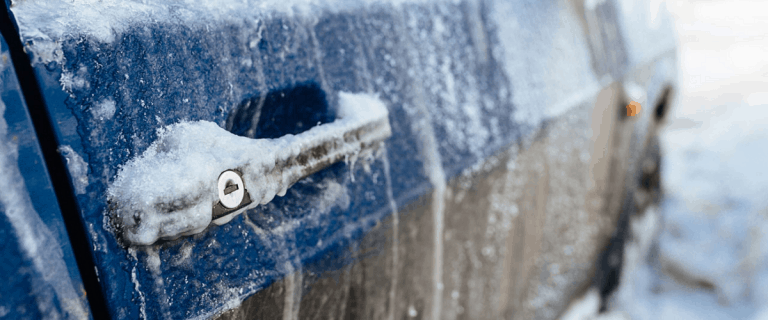
Barq's Root Beer is a popular soft drink that has been around for many years. It is known for its unique taste and is enjoyed by many people around the world. However, there is a common question that arises when it comes to Barq's Root Beer: Is it alcoholic?
What is Barq's Root Beer?

Barq's Root Beer is a carbonated soft drink that is flavored with sarsaparilla root extract. It was first created by Edward Charles Barq, Sr. in 1898 in the city of Biloxi, Mississippi. In 1919, the Barq family sold the rights to the brand to the Coca-Cola Company, which still owns it today.
Is Barq's Root Beer Alcoholic?

No, Barq's Root Beer is not alcoholic. It is a non-alcoholic soft drink that is safe for people of all ages to enjoy. The confusion may arise due to the fact that some brands of root beer do contain alcohol. However, Barq's Root Beer is not one of them.
Why Do Some Brands of Root Beer Contain Alcohol?
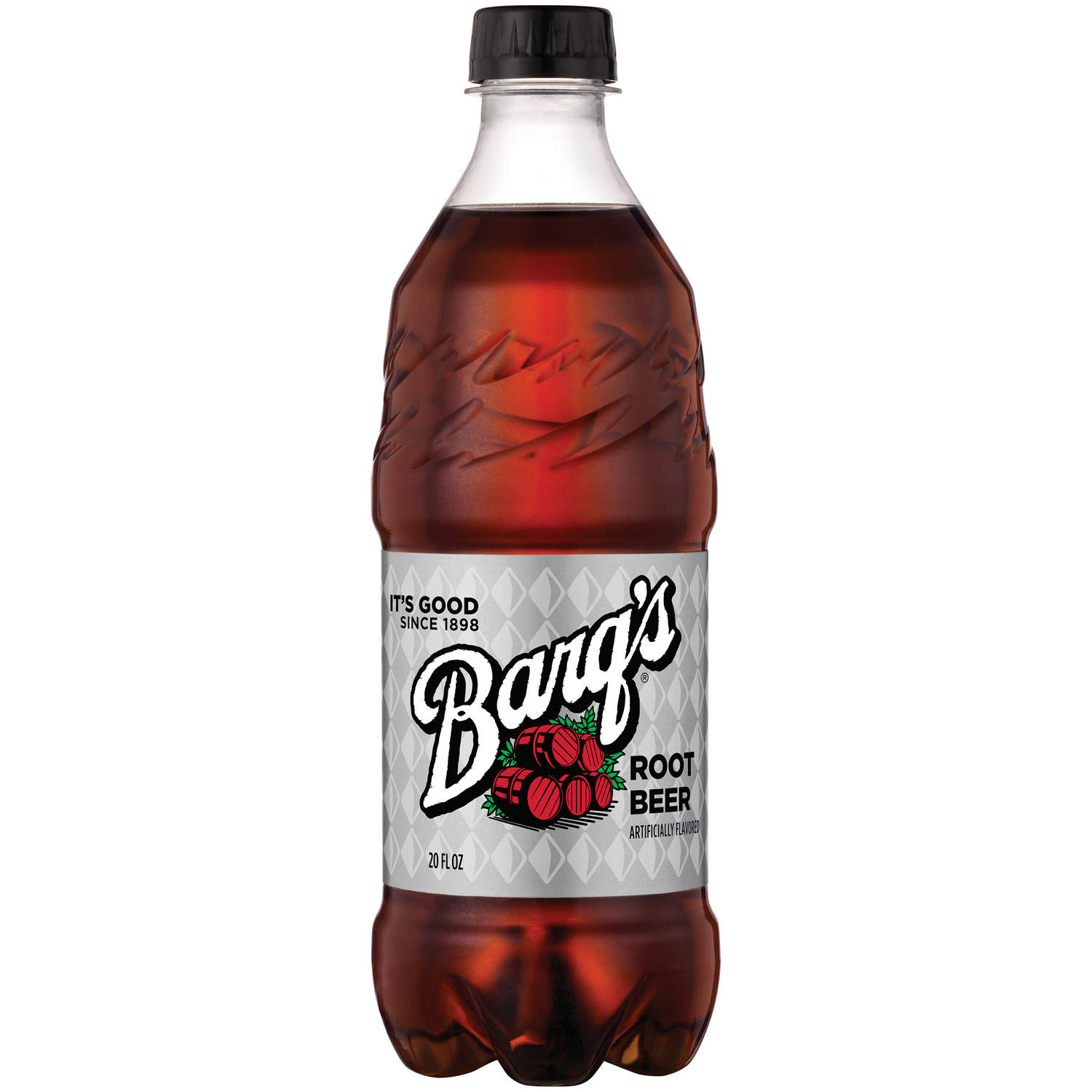
Some brands of root beer contain a small amount of alcohol, usually less than 0.5% alcohol by volume (ABV). This is because the traditional method of making root beer involves fermenting a mixture of sugar, water, and various herbs and spices. During the fermentation process, yeast consumes the sugar and produces alcohol as a byproduct.
However, most modern brands of root beer use a different method of production that does not involve fermentation. Instead, they use artificial flavorings and sweeteners to create the taste of root beer without the need for fermentation. This is the method that Barq's Root Beer uses.
Is Barq's Root Beer Safe to Drink?

Yes, Barq's Root Beer is safe to drink. It is a non-alcoholic soft drink that contains no harmful ingredients. However, like all sugary drinks, it should be consumed in moderation as part of a balanced diet.
What Are the Ingredients in Barq's Root Beer?

The ingredients in Barq's Root Beer include:
- Carbonated water
- High fructose corn syrup
- Caramel color
- Sodium benzoate (preservative)
- Natural and artificial flavors
- Citric acid
- Caffeine
What is the Nutritional Information of Barq's Root Beer?

The nutritional information of Barq's Root Beer per 12 fl oz (355 mL) can is:
- Calories: 160
- Total Fat: 0 g
- Sodium: 55 mg
- Total Carbohydrates: 44 g
- Sugars: 44 g
- Protein: 0 g
What Are the Health Risks of Drinking Barq's Root Beer?

Like all sugary drinks, consuming Barq's Root Beer in excess can contribute to health risks such as obesity, type 2 diabetes, and tooth decay. It is important to consume sugary drinks in moderation as part of a balanced diet.
Conclusion
In conclusion, Barq's Root Beer is a non-alcoholic soft drink that is safe for people of all ages to enjoy. It is a popular beverage that has been enjoyed by millions of people for over a century. While it should be consumed in moderation as part of a balanced diet, it is a tasty treat that can be enjoyed on occasion.
Related video of Is Barq's Root Beer Alcoholic?
Australia is a country located in the southern hemisphere, surrounded by the Indian and Pacific Oceans. Despite its location, many people often wonder whether Australia is part of Asia or Oceania. The answer to this question is not as straightforward as you might think. In this article, we will explore the geography, history, and culture of Australia to understand its place in the world.
Geography of Australia

Australia is the world's sixth-largest country, covering an area of 7.7 million square kilometers. It is surrounded by the Indian and Pacific Oceans and shares maritime borders with Indonesia, East Timor, and Papua New Guinea to the north, New Zealand to the southeast, and the Pacific island nations of Vanuatu, Fiji, and Solomon Islands to the northeast. The country is divided into six states and two territories, each with its own capital city. The largest city and capital of Australia is Sydney, located on the east coast of the country.
History of Australia

The history of Australia dates back more than 60,000 years when Indigenous Australians arrived on the continent from Southeast Asia. The first recorded European sighting of Australia was made by Dutch navigator Willem Janszoon in 1606, and the first British settlement was established in 1788. Australia became a federation of six states in 1901, and since then, it has developed into a prosperous and multicultural nation with a diverse economy and population.
Culture of Australia

Australia is known for its diverse and vibrant culture, influenced by Indigenous traditions, British colonialism, and immigration from all over the world. The country has a rich history of art, music, literature, and sports, and is home to many iconic landmarks such as the Sydney Opera House and Uluru. Australia is also famous for its wildlife, including kangaroos, koalas, and crocodiles, and its stunning natural landscapes, such as the Great Barrier Reef and the Outback.
Australia: Part of Asia or Oceania?

Now that we have explored the geography, history, and culture of Australia, it is time to answer the question: is Australia part of Asia or Oceania? The answer is that Australia is part of Oceania, also known as Australasia or the Pacific Islands. Oceania is a region comprising of thousands of islands, including Australia, New Zealand, Papua New Guinea, Fiji, and many others. The region is defined by its location in the Pacific Ocean, and it includes parts of Southeast Asia as well as Micronesia, Melanesia, and Polynesia.
Conclusion
Australia is a fascinating country with a unique blend of geography, history, and culture. While it is not part of Asia, it is an important member of the Oceania region, which includes many other island nations in the Pacific. Whether you are interested in exploring the Outback, surfing in Bondi Beach, or experiencing the vibrant city life of Sydney, Australia is definitely worth a visit.
Related video of Is Australia Part of Asia or Oceania?
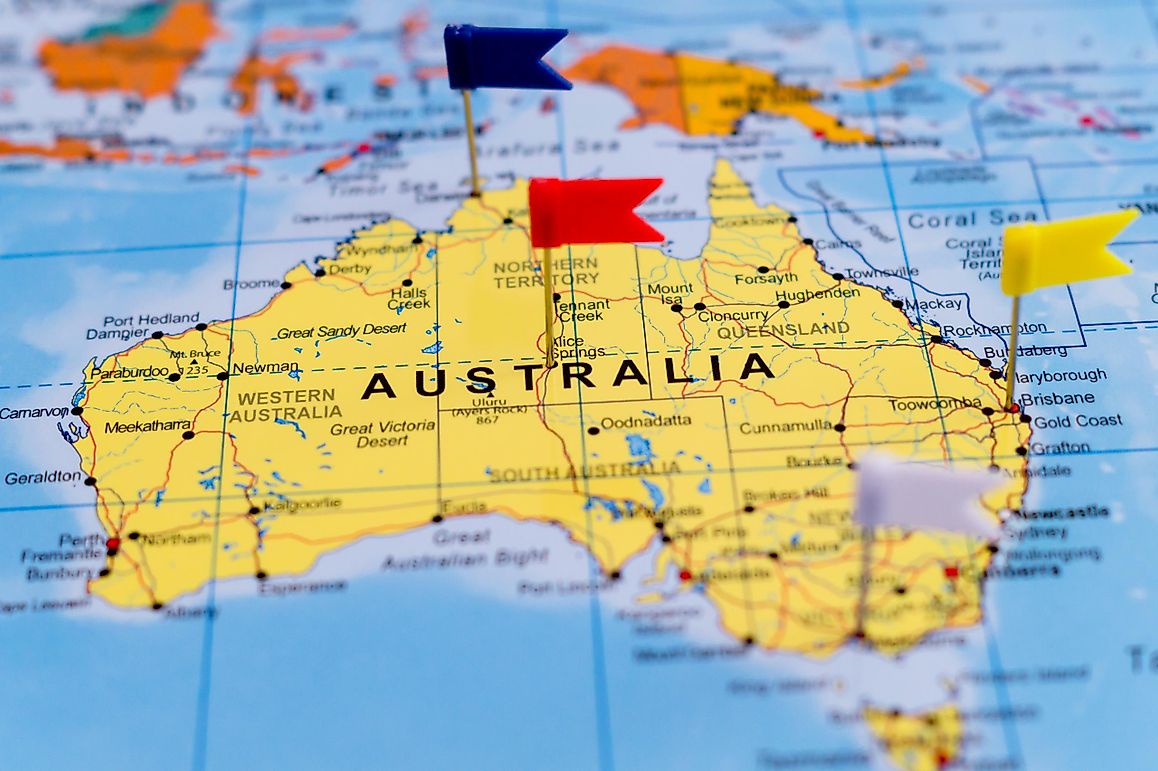
Many people believe that Australia is a continent, while others think it is a country. The truth is that Australia is both a country and a continent. It is the only country in the world that covers an entire continent.
Australia The Country

Australia is a country located in the southern hemisphere. It is the world's sixth-largest country by total area, covering approximately 7.7 million square kilometers. The country has a population of around 25 million people, and its capital city is Canberra. Other major cities in Australia include Sydney, Melbourne, Brisbane, Perth, and Adelaide.
Australia is known for its diverse landscape, ranging from the arid deserts of the outback to the tropical rainforests of Queensland. The country is also home to some of the world's most unique wildlife, including kangaroos, koalas, and wallabies.
Australia The Continent
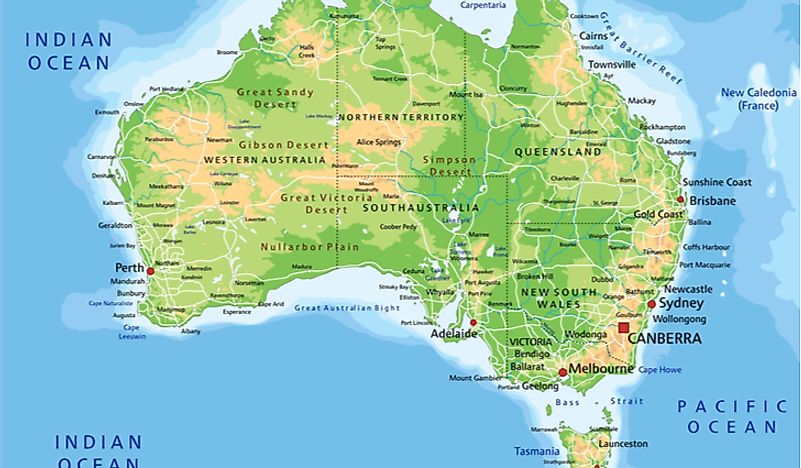
The continent of Australia includes the mainland of Australia, as well as the island of Tasmania and other smaller islands in the Pacific and Indian Oceans. The continent covers approximately 8.6 million square kilometers, making it the world's smallest continent.
Australia is located entirely in the Southern Hemisphere, and it is surrounded by the Indian and Pacific Oceans. The continent has a diverse range of landscapes, from the rugged mountains of the Great Dividing Range to the vast deserts of the Australian Outback.
The History of Australia
Australia has a rich history that dates back more than 60,000 years. The country was originally inhabited by Indigenous Australians, who lived off the land and sea. In 1770, Captain James Cook claimed the eastern coast of Australia for Great Britain. Over the next hundred years, the British established colonies throughout Australia, and in 1901, the country became a federation of six states.
Today, Australia is a multicultural country with a diverse population. It is known for its high standard of living, world-class education system, and stunning natural beauty.
Australia's Economy

Australia has a mixed-market economy, which is one of the largest and most developed in the world. The country has a highly educated workforce and is home to some of the world's largest mining companies. Australia is also a major exporter of agricultural products, including wheat, beef, and wool.
The country's economy is heavily reliant on exports, particularly to China. Australia is one of the world's largest exporters of iron ore, coal, and natural gas. The country is also a major exporter of education services, with many international students studying in Australia each year.
Australia's Government
Australia is a federal parliamentary democracy and a constitutional monarchy. The country's head of state is Queen Elizabeth II, who is represented in Australia by the Governor-General. The government is led by the Prime Minister, who is the leader of the political party with the most seats in the House of Representatives.
Australia has a two-party system, with the Australian Labor Party and the Liberal Party of Australia being the two major political parties. Other political parties in Australia include the Australian Greens and the National Party of Australia.
Australia's Culture

Australia has a rich and diverse culture that is influenced by its Indigenous heritage, British colonial history, and multicultural society. The country's art, music, and literature reflect this diversity, with many Indigenous artists and writers gaining international recognition.
Australia is also known for its love of sport, with cricket, rugby, and Australian rules football being popular national sports. The country is also home to the famous Melbourne Cup horse race, which is known as "the race that stops a nation."
Australia's Education System
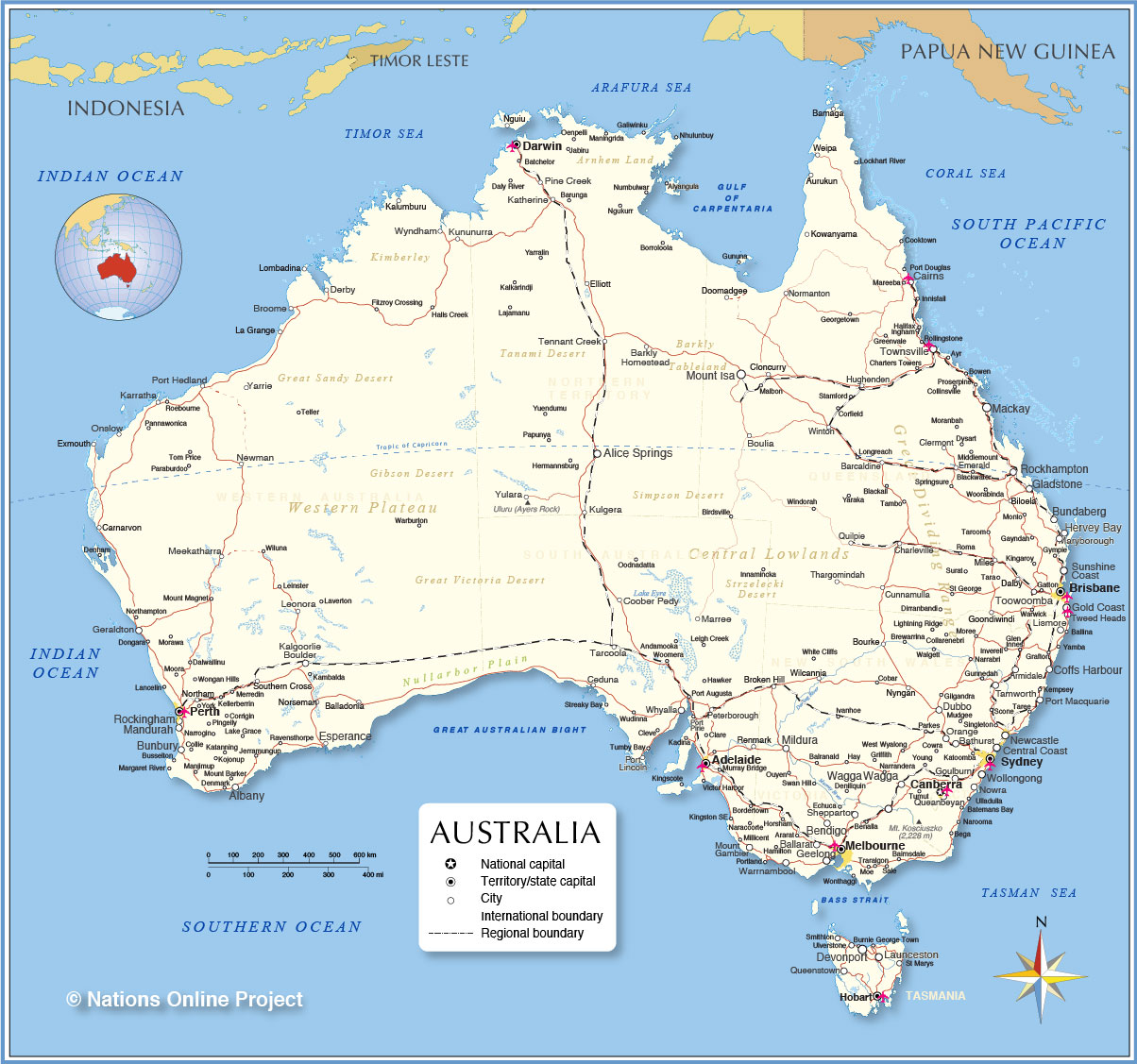
Australia has a world-class education system, with many universities ranking among the top in the world. The country's universities attract thousands of international students each year, who come to Australia to study a wide range of subjects.
Australia's education system is divided into primary, secondary, and tertiary education. Primary and secondary education is compulsory for all children, and the government provides funding for public schools. Tertiary education is provided by universities and vocational education and training (VET) institutions.
Australia's Tourism Industry
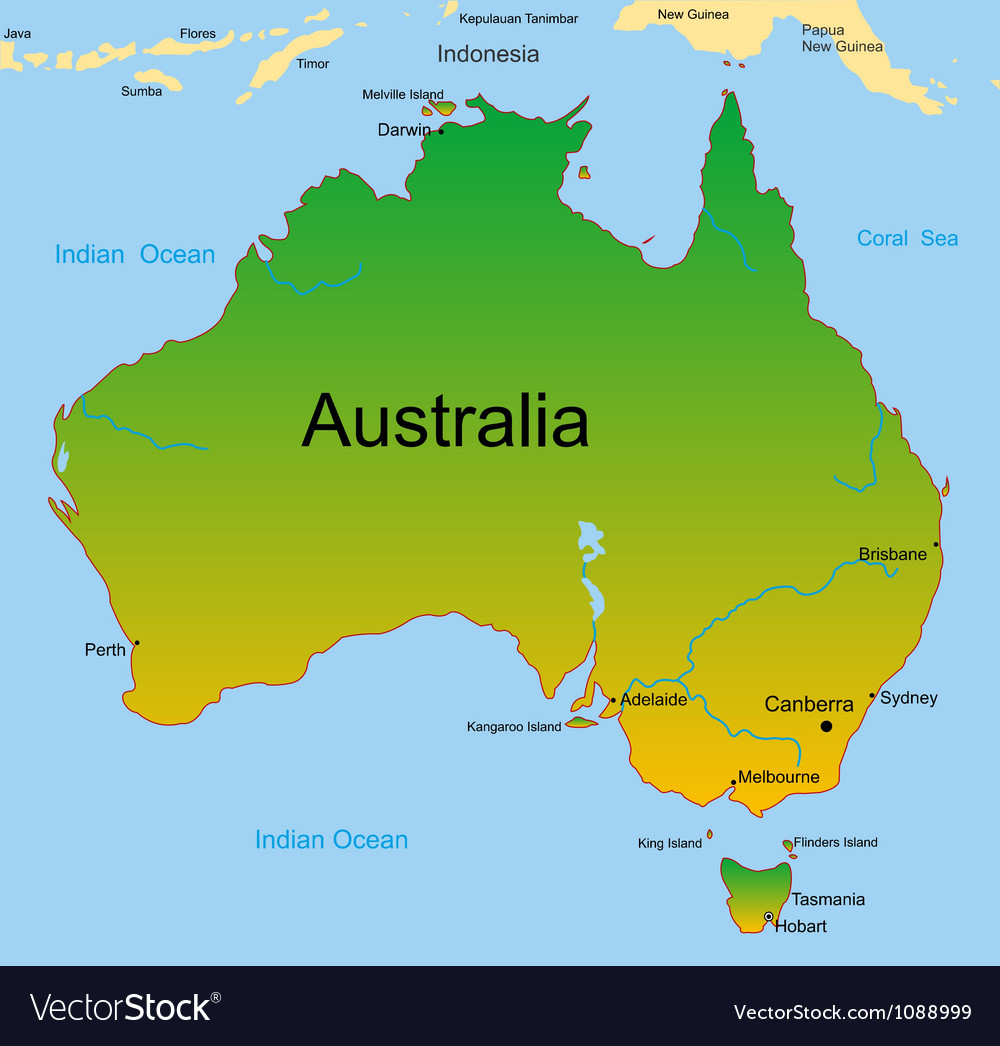
Australia is a popular tourist destination, with millions of visitors coming to the country each year. The country's diverse landscape, stunning natural beauty, and unique wildlife attract tourists from all over the world.
The most popular tourist destinations in Australia include the Great Barrier Reef, Uluru, the Sydney Opera House, and the beaches of the Gold Coast. The country is also known for its wine regions, such as the Barossa Valley and Margaret River, which attract wine lovers from around the world.
Conclusion
In conclusion, Australia is both a country and a continent. The country is known for its diverse landscape, unique wildlife, and rich cultural heritage. Its economy is highly developed, and its education system is world-class. Australia is also a popular tourist destination, with millions of visitors coming to the country each year to experience its natural beauty and unique culture.
Related video of Is Australia A Country Or A Continent?
Almond fruit is a popular type of fruit that is widely consumed all over the world. It is sometimes confused with the almond nut, which is commonly used in cooking and baking. Almond fruit is actually the fruit of the almond tree that contains the nut inside. In this article, we will explore whether almond fruit is edible or not.
What is Almond Fruit?

Almond fruit is the fruit of the almond tree, also known as Prunus dulcis. The fruit is oval-shaped and has a green outer layer that surrounds a hard shell. Inside the shell, there is a seed or nut that is commonly consumed. Almond fruit is also known as drupe or stone fruit, which means it has a hard pit or stone in the center.
Is Almond Fruit Edible?

Yes, almond fruit is edible, but it is not commonly consumed. The fruit has a bitter taste and can be poisonous if consumed in large quantities. The outer layer of the fruit contains a chemical called amygdalin, which can break down into cyanide when ingested. However, the amount of amygdalin in almond fruit is very small, and it is safe to eat in small quantities.
How to Eat Almond Fruit?
Almond fruit can be eaten raw or cooked. To eat the fruit, you need to remove the outer layer and the hard shell, leaving only the seed or nut. The seed can be eaten raw, roasted, or used in cooking and baking. Almond fruit is commonly used in Middle Eastern cuisine, where it is used to make sweets, drinks, and desserts.
Health Benefits of Almond Fruit

Almond fruit is rich in nutrients and has several health benefits. The fruit is a good source of vitamins, minerals, and antioxidants, which can help prevent several diseases. Almond fruit is also high in fiber, which can improve digestion and reduce the risk of heart disease and diabetes. Eating almond fruit can also help lower blood pressure and cholesterol levels.
Conclusion
Almond fruit is edible, but it is not commonly consumed due to its bitter taste and potential toxicity. However, the fruit has several health benefits and can be consumed in small quantities. If you want to try almond fruit, make sure to remove the outer layer and the hard shell before eating the seed or nut.
Related video of Is Almond Fruit Edible?

Super glue, also known as cyanoacrylate adhesive, is a popular adhesive used to bond materials together. It is a fast-drying and strong adhesive that can bond almost anything. However, not all super glues are the same. There are different types of super glues with varying properties and uses. In this article, we will discuss the different types of super glue and their uses.
Types of Super Glue

There are different types of super glue available in the market. The most common types are:
- Standard Super Glue
- Quick-Setting Super Glue
- Gel Super Glue
- High-Temperature Super Glue
- Water-Resistant Super Glue
Standard Super Glue
Standard super glue is the most common type of super glue. It is a fast-drying adhesive that can bond almost anything. It works well on non-porous surfaces and can create a strong bond within seconds. However, it is not suitable for use on porous surfaces as it can seep into the pores and create a weak bond.
Quick-Setting Super Glue

Quick-setting super glue is a type of super glue that dries even faster than standard super glue. It can create a strong bond within seconds and is ideal for use in situations where time is of the essence. However, it is not suitable for use on porous surfaces as it can seep into the pores and create a weak bond.
Gel Super Glue

Gel super glue is a type of super glue that has a thicker consistency than standard super glue. It is ideal for use on vertical surfaces as it does not drip or run. It can also be used on porous surfaces as it does not seep into the pores and create a weak bond.
High-Temperature Super Glue

High-temperature super glue is a type of super glue that can withstand high temperatures. It is ideal for use in situations where the bonded materials will be exposed to high temperatures. It can create a strong bond within seconds and is suitable for use on non-porous surfaces.
Water-Resistant Super Glue
Water-resistant super glue is a type of super glue that can resist water. It is ideal for use in situations where the bonded materials will be exposed to water. It can create a strong bond within seconds and is suitable for use on non-porous surfaces.
Uses of Super Glue

Super glue can be used for a wide range of applications. Some of the most common uses of super glue are:
- Repairing broken items
- Bonding wood, metal, plastic, and ceramic materials
- Securing loose screws and bolts
- Sealing small cracks and chips
- Attaching small items to a surface
Conclusion

In conclusion, not all super glue is the same. There are different types of super glue with varying properties and uses. It is important to choose the right type of super glue for the job to ensure a strong and long-lasting bond. When using super glue, always follow the manufacturer's instructions and take the necessary safety precautions.
Related video of Is All Super Glue the Same?

Introduction
Silencers, also known as suppressors, are devices that reduce the noise of a firearm when shot. The use of silencers is a controversial topic, and there is much confusion surrounding their legality. This article will explore the legality of silencers, and whether they are illegal or not.What is a Silencer?
A silencer is a device that attaches to the end of a firearm barrel to reduce the noise of a gunshot. Silencers work by reducing the sound of the expanding gases that are released when a bullet is fired. They are commonly used by hunters and sport shooters to reduce noise pollution and protect their hearing.Are Silencers Illegal?
The legality of silencers varies from country to country, and even from state to state within countries. In the United States, silencers are regulated by the National Firearms Act (NFA), which requires individuals to obtain a special tax stamp and go through a background check before they can legally purchase a silencer.How to Obtain a Silencer
To obtain a silencer in the United States, individuals must first purchase the device from a licensed dealer. They must then submit an application to the Bureau of Alcohol, Tobacco, Firearms and Explosives (ATF), which includes fingerprint cards, passport photos, and a $200 tax stamp fee.Why are Silencers Regulated?
Silencers are regulated because they are considered a firearm accessory that can be used to commit crimes. The NFA was enacted in 1934 to regulate firearms that were used in crimes, such as machine guns and sawed-off shotguns. Silencers were added to the list of regulated firearms in 1934 because they were believed to be commonly used by criminals.Are Silencers Used in Crimes?
Contrary to popular belief, silencers are rarely used in crimes. According to a report by the Bureau of Justice Statistics, less than 1% of all firearms involved in crimes are equipped with a silencer. Additionally, most criminals do not have the resources or knowledge to obtain a silencer legally.Why do People Use Silencers?
People use silencers for a variety of reasons, including noise reduction, hearing protection, and improved accuracy. Silencers can also help reduce recoil, making it easier for shooters to stay on target.Can Silencers be Used on Any Firearm?
Silencers can only be used on firearms that are specifically designed to accommodate them. Additionally, different silencers are designed to work with different types of firearms, so it is important to choose the right silencer for your firearm.What are the Benefits of Using a Silencer?
The main benefit of using a silencer is noise reduction. Silencers can reduce the noise of a gunshot by up to 30 decibels, which can help protect the shooter's hearing and reduce noise pollution. Additionally, silencers can improve accuracy by reducing recoil and muzzle flash.What are the Drawbacks of Using a Silencer?
The main drawback of using a silencer is the cost and hassle of obtaining one legally. The application process for a silencer can take months, and the $200 tax stamp fee can be prohibitive for some people. Additionally, silencers can add weight and length to a firearm, which can make it more difficult to handle.Can Silencers Make Guns Completely Silent?
No, silencers cannot make guns completely silent. Even with a silencer, a gunshot is still audible, although it may be significantly quieter than without a silencer.What are the Different Types of Silencers?
There are many different types of silencers, including thread-on, slip-over, and integral. Thread-on silencers screw onto the end of the barrel, slip-over silencers slide onto the barrel, and integral silencers are built into the barrel itself.Conclusion
In conclusion, silencers are not illegal, but they are heavily regulated in the United States. The NFA requires individuals to go through a background check and pay a $200 tax stamp fee before they can legally purchase a silencer. Silencers are rarely used in crimes, and they offer a variety of benefits to hunters and sport shooters. While obtaining a silencer can be costly and time-consuming, it may be worth it for those who value noise reduction and hearing protection.Related video of Is A Silencer Illegal?
Introduction
Oak trees are a common sight in many parts of the world. They are majestic trees that can grow up to 100 feet tall and live for hundreds of years. However, many people may wonder whether oak trees are living things or not.What are Living Things?
Living things are organisms that have the ability to grow, reproduce, and respond to stimuli. They are made up of cells and require energy to carry out their life processes. Examples of living things include plants, animals, and microorganisms.Characteristics of Oak Trees
Oak trees are vascular plants that belong to the genus Quercus. They have leaves, stems, and roots and are able to photosynthesize, which means they can produce their own food using sunlight. Oak trees also have a reproductive system that allows them to produce acorns, which can grow into new trees.Are Oak Trees Living Things?
Yes, oak trees are living things. They meet all the criteria for being a living organism. They are made up of cells, have the ability to grow and reproduce, and respond to stimuli. They also require energy to carry out their life processes.The Importance of Oak Trees
Oak trees play an important role in the environment. They provide habitat for many animals and insects, including birds, squirrels, and butterflies. Oak trees also help to purify the air by absorbing carbon dioxide and other pollutants.Types of Oak Trees
There are over 600 species of oak trees, which are found in different parts of the world. Some of the most common types of oak trees include red oak, white oak, and live oak.Growth and Development of Oak Trees
Oak trees grow slowly and can take many years to reach their full height. They also have a long lifespan and can live for hundreds of years. Oak trees go through a series of stages of growth and development, which include seed germination, sapling growth, and maturity.
Ecological Benefits of Oak Trees
Oak trees provide many ecological benefits, such as reducing erosion, providing shade, and improving air and water quality. They also help to maintain biodiversity by providing habitat for many different species of plants and animals.Threats to Oak Trees
Oak trees are threatened by a number of factors, including climate change, habitat loss, and disease. Some of the most common diseases that affect oak trees include oak wilt and sudden oak death.Uses of Oak Trees
Oak trees have many uses, including as a source of timber for furniture and construction, as well as for fuel and charcoal. The acorns produced by oak trees can also be used to make flour or fed to livestock.Conclusion
In conclusion, oak trees are living things that play an important role in the environment. They provide many ecological benefits and have many uses. However, they are also threatened by various factors and need to be protected.Related video of Is An Oak Tree A Living Thing?

Introduction
Koala bears are often referred to as bears, but are they really bears? This question has been debated for a long time. In this article, we will explore the characteristics and behavior of koalas and find out whether they are really bears or not.
Koalas

Koalas are native to Australia and are marsupials, which means they carry their young in a pouch. They are known for their cute and cuddly appearance, with grey fur and big round ears. Koalas are mostly found in eucalyptus forests and spend most of their time sleeping and eating.
Bear-like Characteristics

Koalas have some characteristics that are similar to bears. For example, they have sharp claws that help them climb trees, and they have a broad head and round ears. They also have a similar diet to bears, as they mainly eat leaves, bark, and stems.
Differences from Bears

Despite their bear-like characteristics, koalas are not bears. One of the main differences is that bears are placental mammals, while koalas are marsupials. This means that bears give birth to fully formed young, while koalas give birth to underdeveloped young, which then complete their development outside the womb in the mother's pouch.
Scientific Classification

According to their scientific classification, koalas are not classified as bears. They belong to the family Phascolarctidae, while bears belong to the family Ursidae. Koalas are more closely related to wombats than to bears.
Conclusion

In conclusion, while koalas have some bear-like characteristics, they are not actually bears. They are marsupials that belong to a different family than bears. So next time you see a koala, remember that it may look like a bear, but it's not!
Related video of Is A Koala Bear Really A Bear?

Introduction
Winter season can be harsh on cars, especially on the battery. One of the common problems that car owners face during the winter season is a frozen car battery. The question that comes to mind is, is a frozen car battery ruined? In this article, we will discuss the effects of freezing on car batteries and whether they can be saved or not.What Happens When a Car Battery Freezes?
When a car battery freezes, the electrolyte inside it expands, causing the battery case to crack. The cracks can cause the battery to leak and lose its charge. Freezing also slows down the chemical reaction inside the battery that generates electricity. As a result, the battery may not work as efficiently as it used to, even after it thaws.
Can a Frozen Car Battery Be Saved?
The answer depends on the severity of the damage caused by freezing. If the battery case is cracked or leaking, the battery needs to be replaced. However, if the battery is only partially frozen, it can be saved. The best way to save a partially frozen car battery is to thaw it slowly in a warm place. Once the battery is completely thawed, it should be recharged and tested for its capacity.How to Prevent a Car Battery from Freezing
Prevention is always better than cure. Here are some tips to prevent your car battery from freezing:1. Keep your car in a garage or covered area.
2. Use a battery warmer or insulation blanket.
3. Keep the battery fully charged.
4. Add a battery anti-freeze solution to the electrolyte.
How to Jump-Start a Frozen Car Battery
Jump-starting a frozen car battery can be dangerous. The battery can explode due to the buildup of hydrogen gas inside it. Therefore, it is recommended to thaw the battery first and then jump-start it. If you must jump-start a frozen car battery, follow these steps:1. Wear protective gear, such as gloves and goggles.
2. Thaw the battery in a warm place.
3. Connect the positive (red) cable to the positive terminal of the frozen battery.
4. Connect the other end of the positive cable to the positive terminal of the working battery.
5. Connect the negative (black) cable to the negative terminal of the working battery.
6. Connect the other end of the negative cable to a metal part of the frozen car, away from the battery.
7. Start the working car and let it run for a few minutes.
8. Try to start the frozen car. If it doesn't start, wait a few more minutes and try again.
